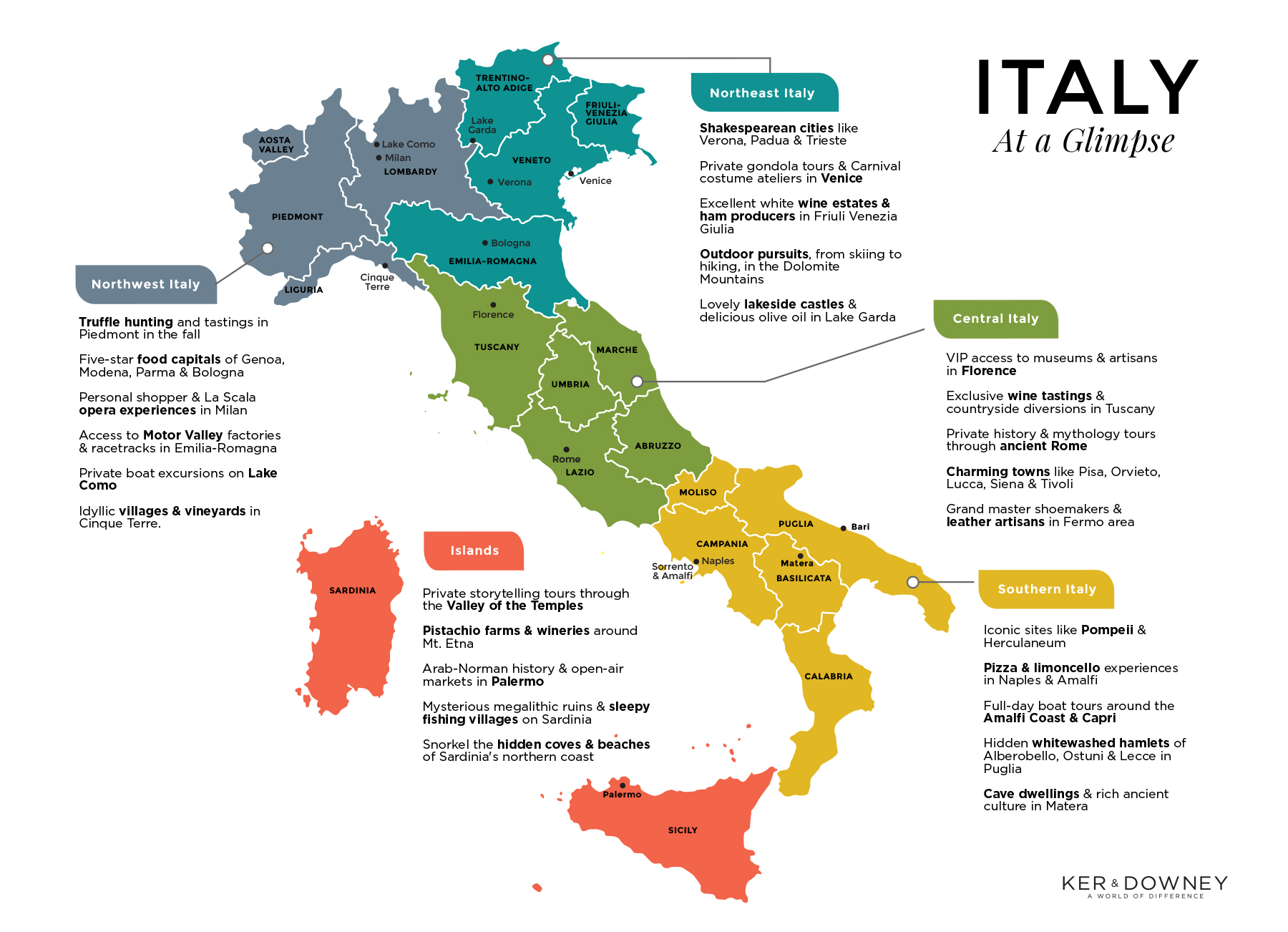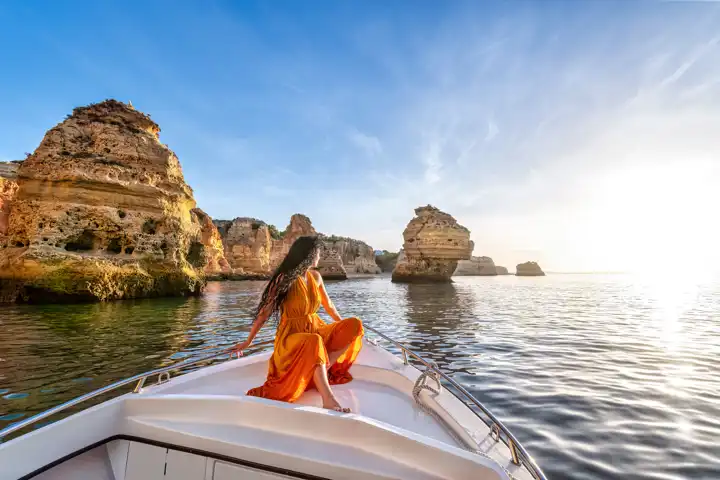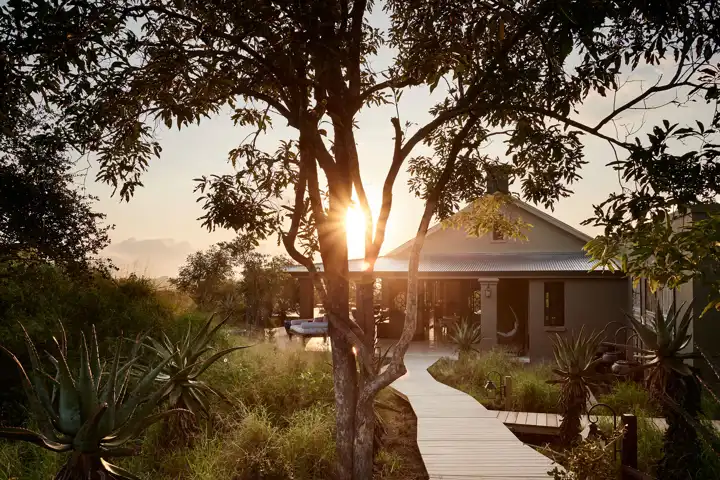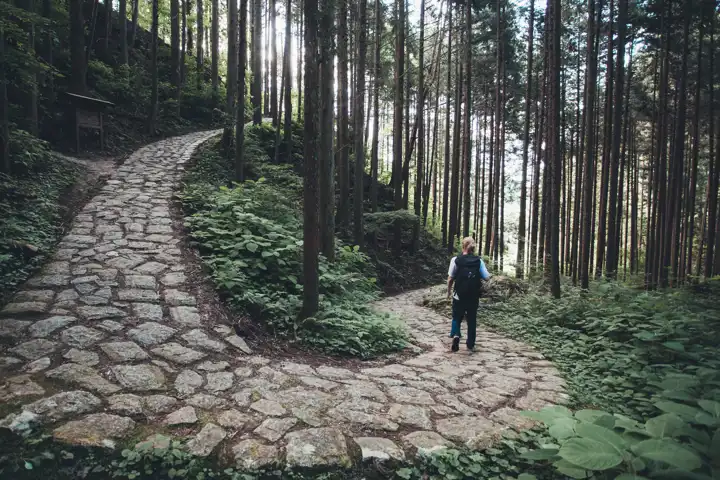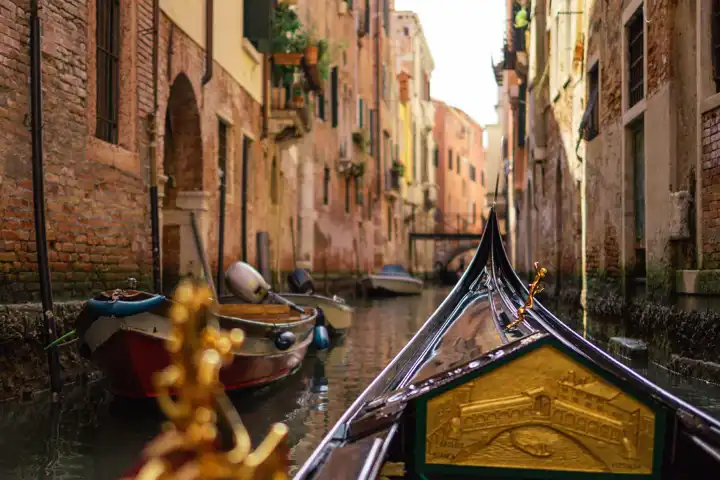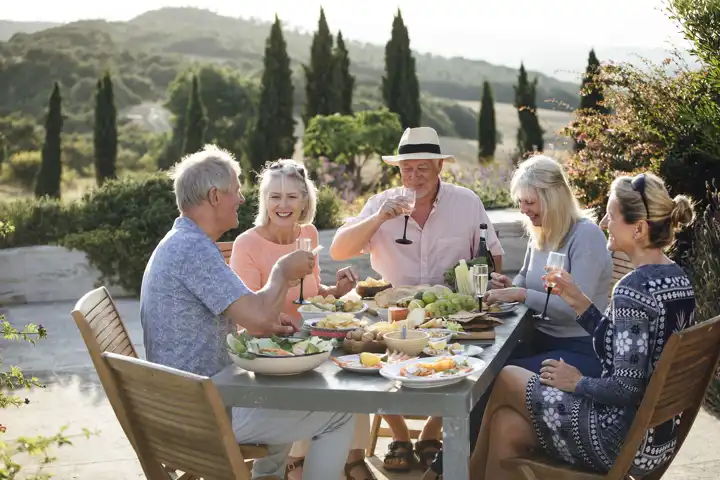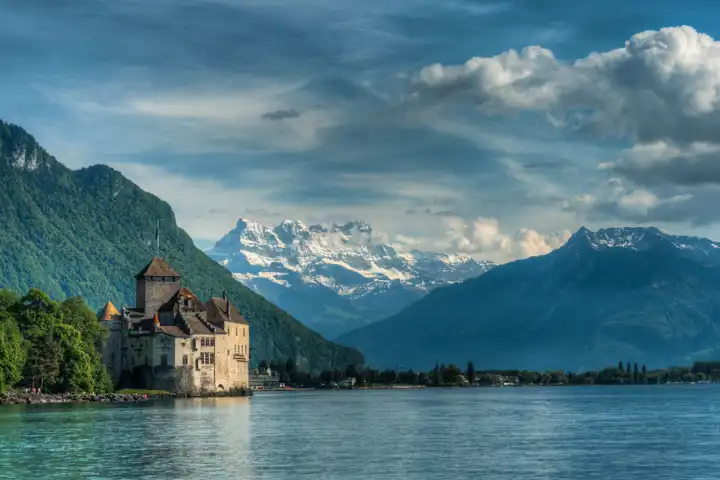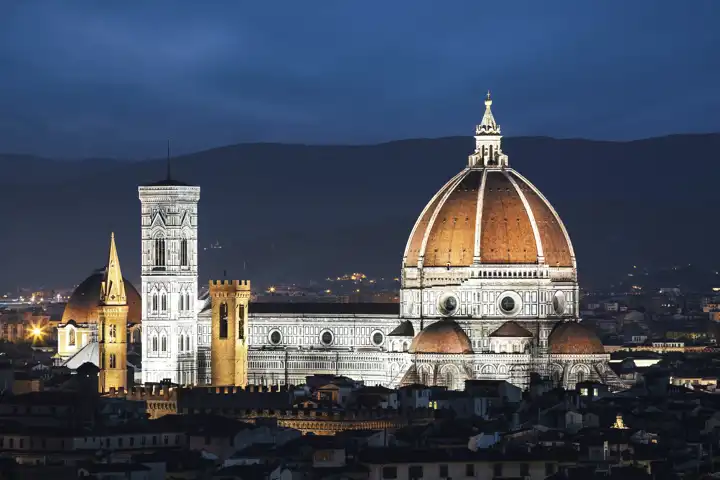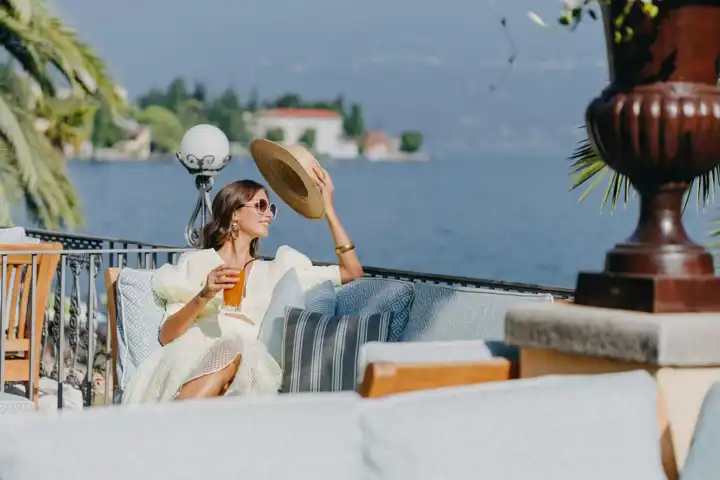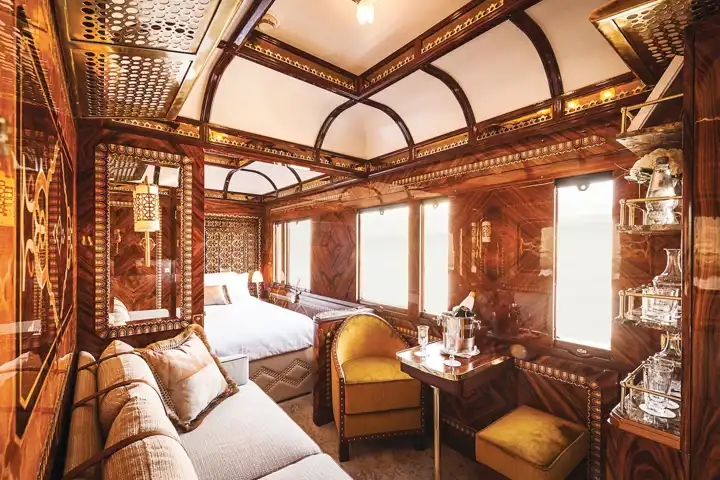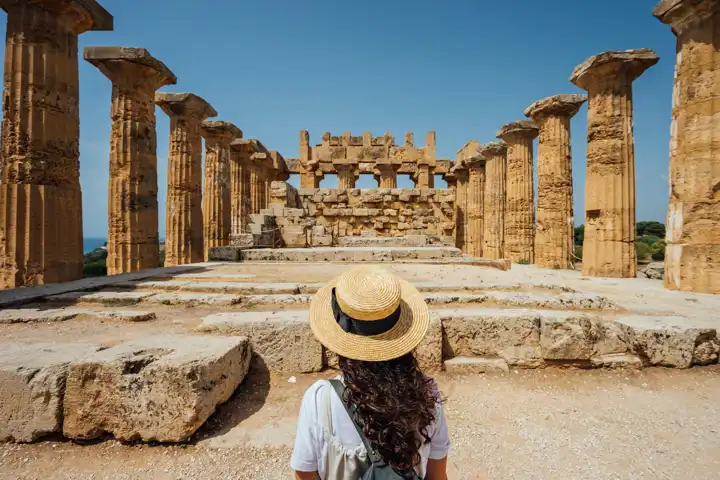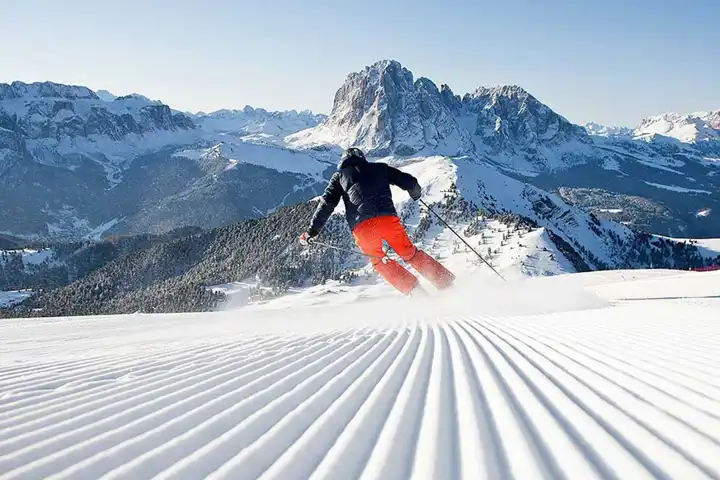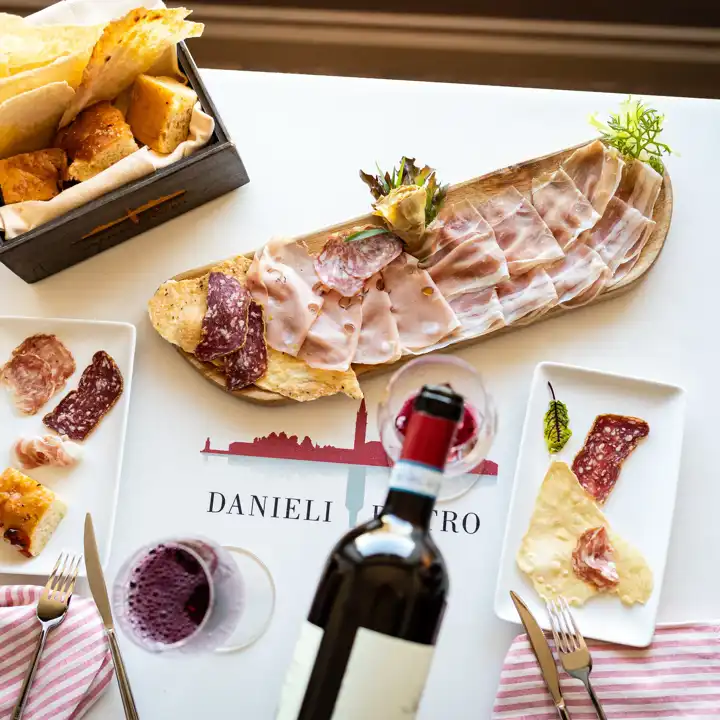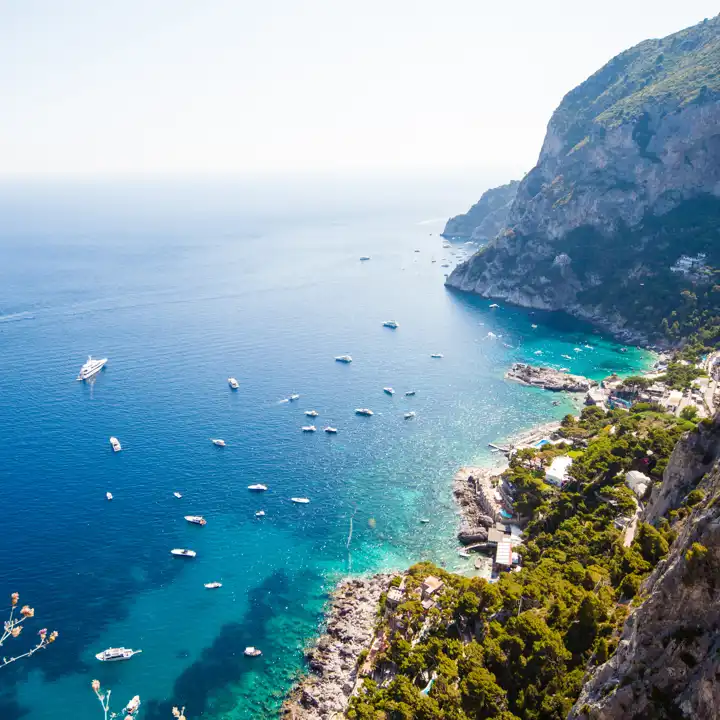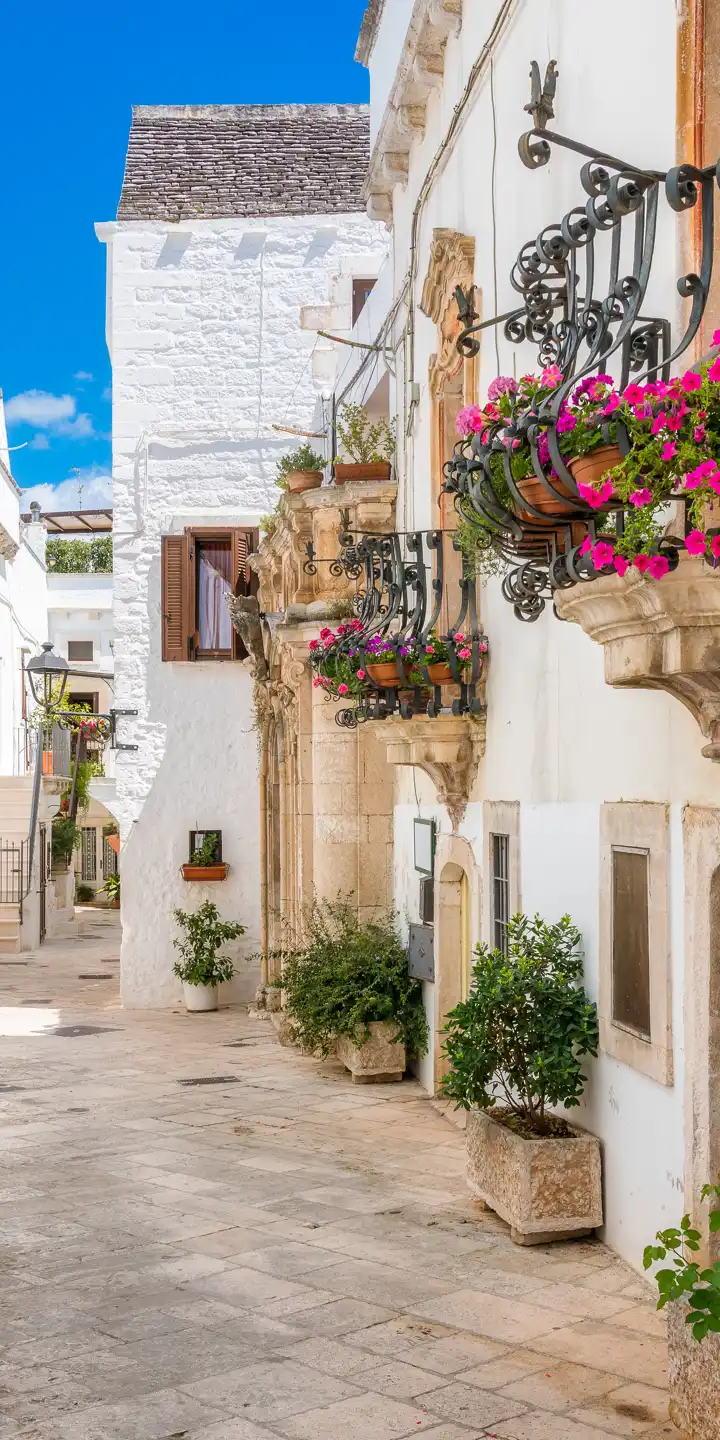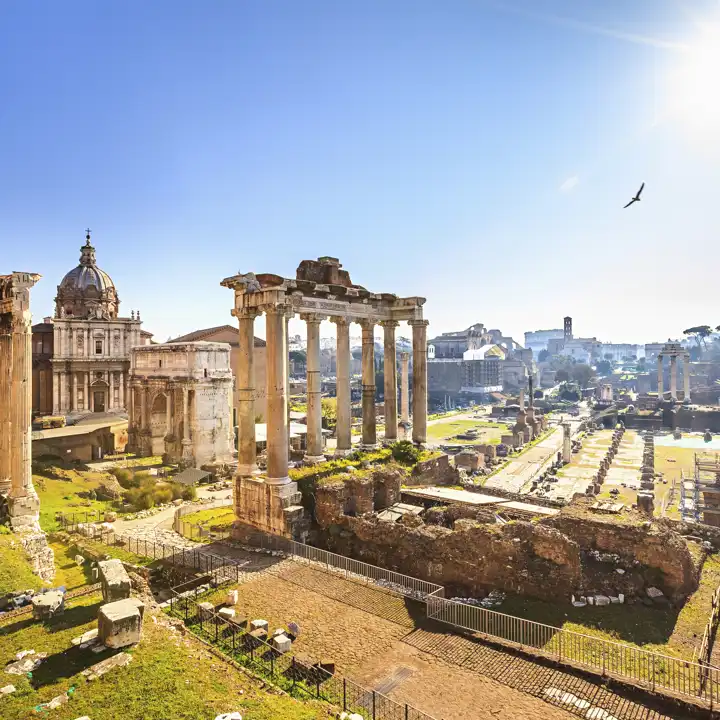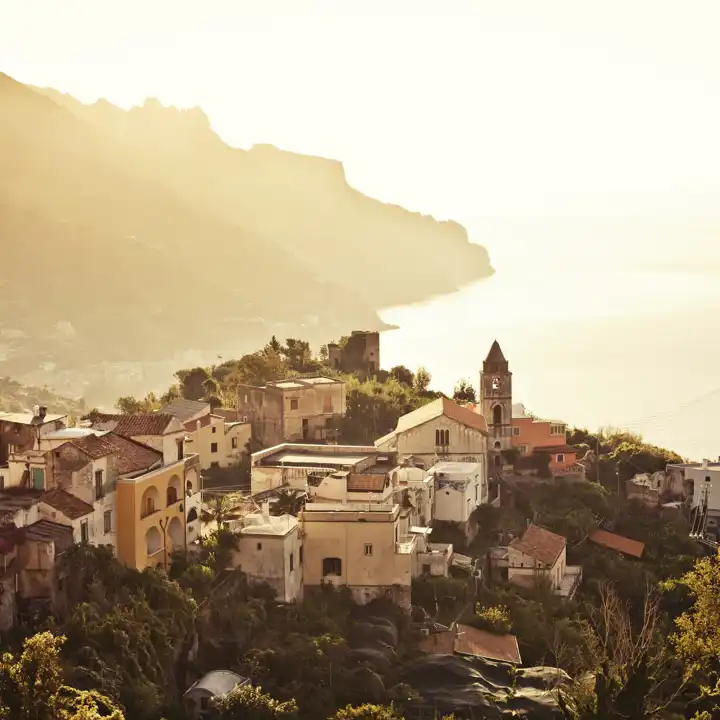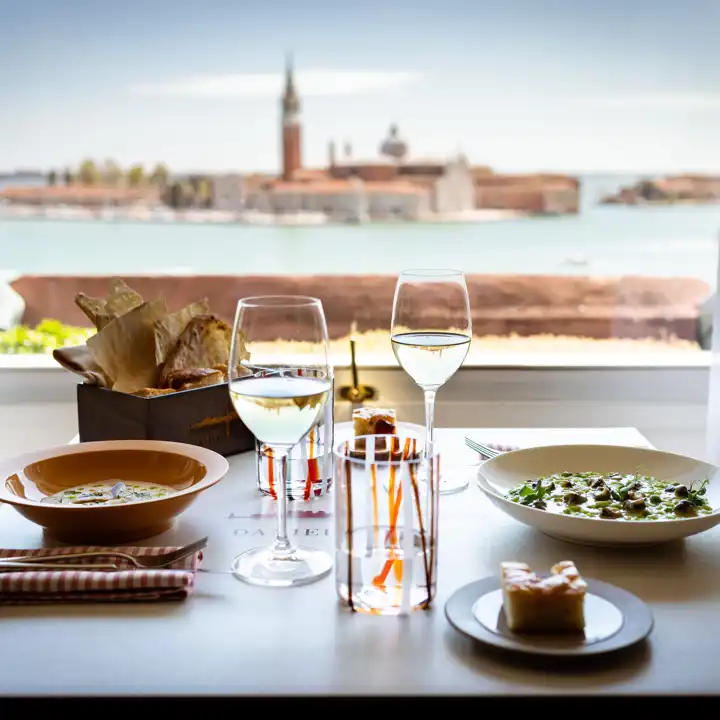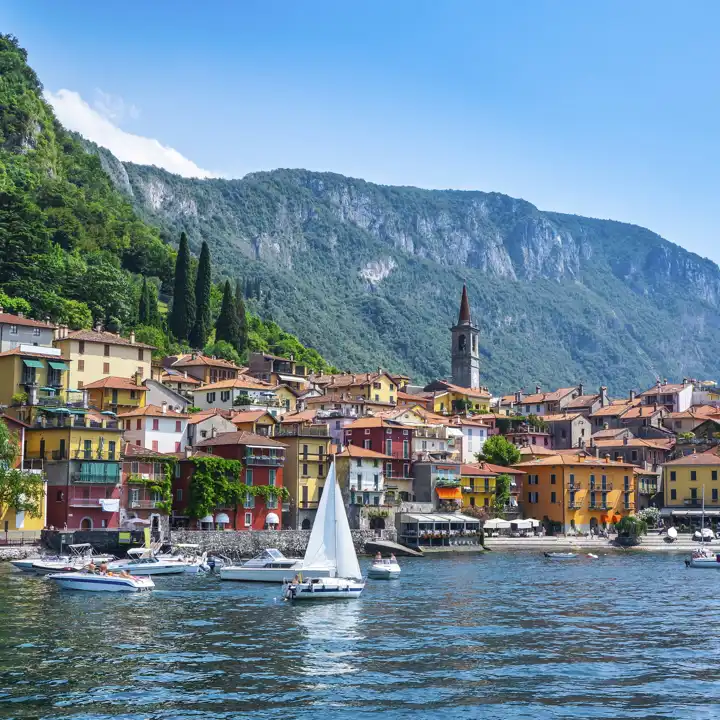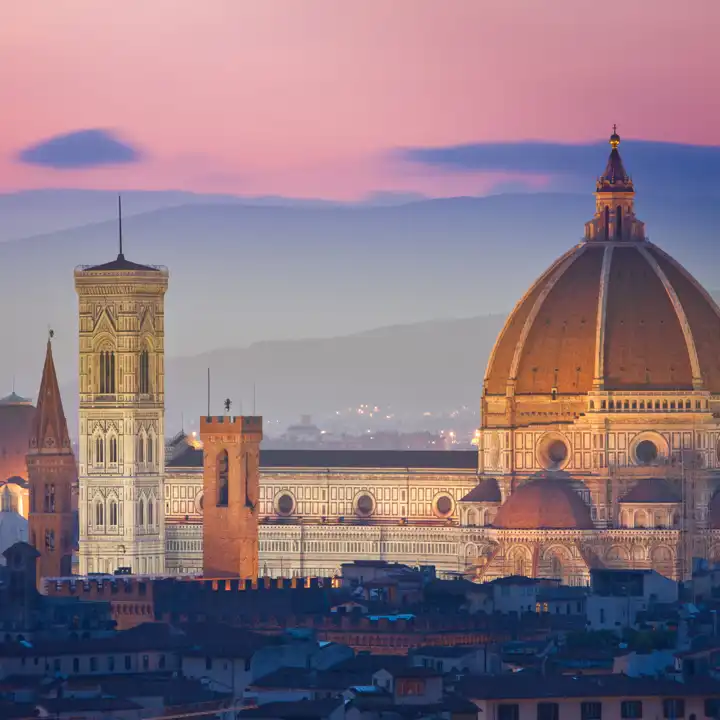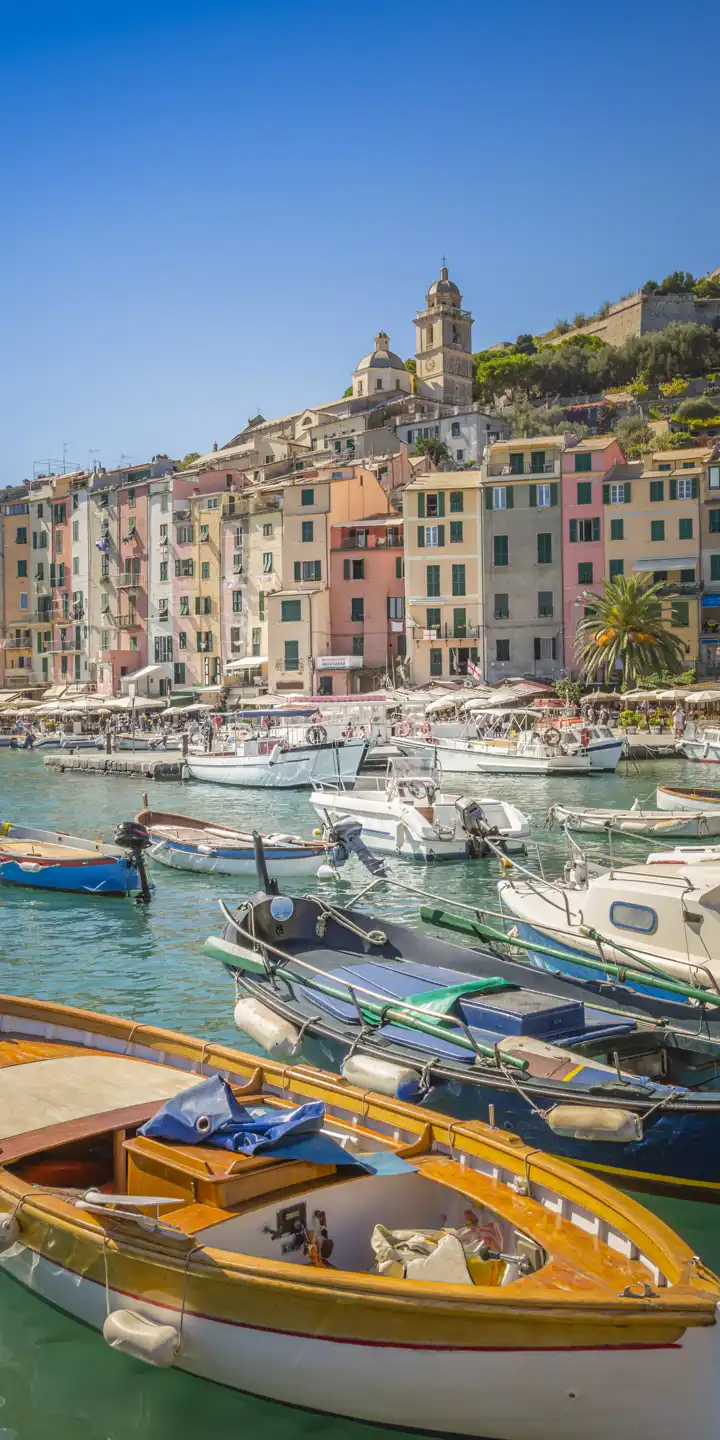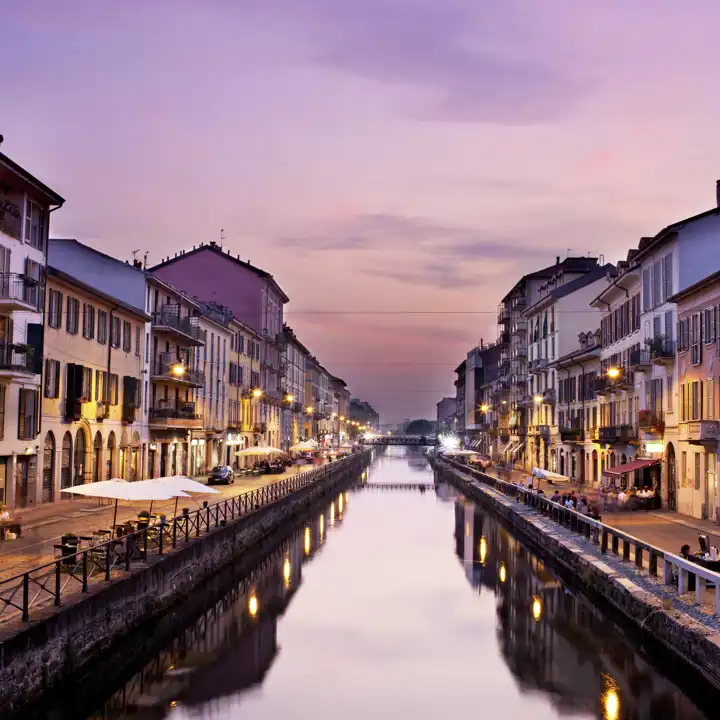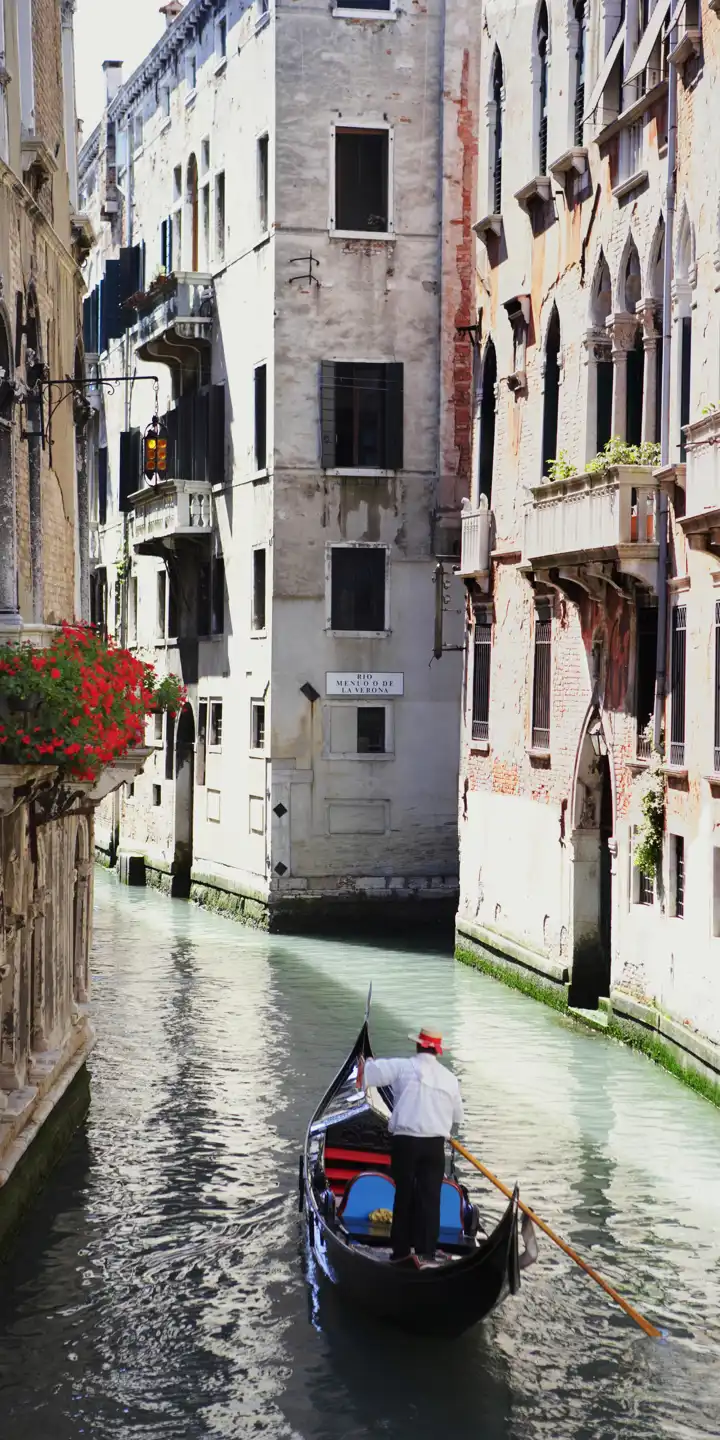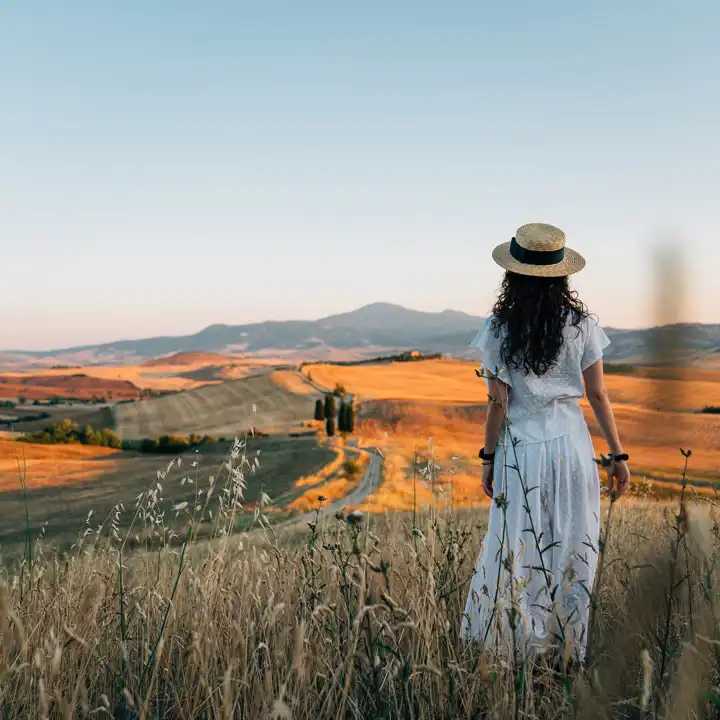Italy
Travel to "Il Bel Paese"—The Beautiful Country
Italy
Experience Italy luxury travel with Ker & Downey. From the dramatic coastal cliffs to the sun-drenched Tuscan hills, Italy well-deserves its nickname, Il Bel Paese, “the beautiful country.” Whether you fancy a cozy getaway to ski the Alps and the Dolomites, or an unforgettable beach experiences, all of Italy’s diverse attractions are accessible via any of its largest cities, Rome, Milan, and Turin, and Naples. Classic cities like Venice and Florence have an appeal all their own, drawing visitors into the history and culture of Italy’s storied past.
Northern Italy Luxury Travel
Skiing is not the only reason to visit the northern reaches of the country. Glacial Lake Como draws high profile visitors throughout the year, and Milan is also within easy reach. Italy luxury travel allows you to shop the most glamours fashion designers in the world while there. In addition, the Dolomite Mountains remain an adventurer's playground, Piedmont delivers exceptional wine and truffles, and lovely Lake Garda offers quiet moments amid spectacular nature.
Florence & Tuscany
Meanwhile, Tuscany’s romantic wine regions and walled cities have inspired art, cuisine, and design trends around the world. However, nothing compares to looking over the vineyards at sunset, a glass of wine in hand. Florence is responsible for enchanting the hearts and minds of millions over the centuries, with more original works of Renaissance art than one can see in a single visit.
Rome
When it comes to Italy luxury travel, few destinations can compare to Rome in terms of historical significance and preservation. The epicenter of one of the worlds greatest empires is now a dense and thriving metropolis. Here cutting edge contemporary society shares space with the ruins and excavations of the birth of Western civilization.
Coastal Cities
With the majority of the country inhabiting a narrow peninsula, you’re never far from the water in Italy. From the idyllic canals of Venice to the picturesque terraces of the Amalfi coast, you’ll want to bring your boating shoes and sunglasses to experience the country by land and by sea.
Luxury Italy Travel with Ker & Downey
Luxury Italy travel with Ker & Downey takes you to this iconic destination, a classic journey with unexpected moments throughout. Contact a Ker & Downey travel designer to customize your own luxury Italy travel experience, and read more about the seasonality and pricing in Eastern Europe.
Sample Journeys
A Closer Look
